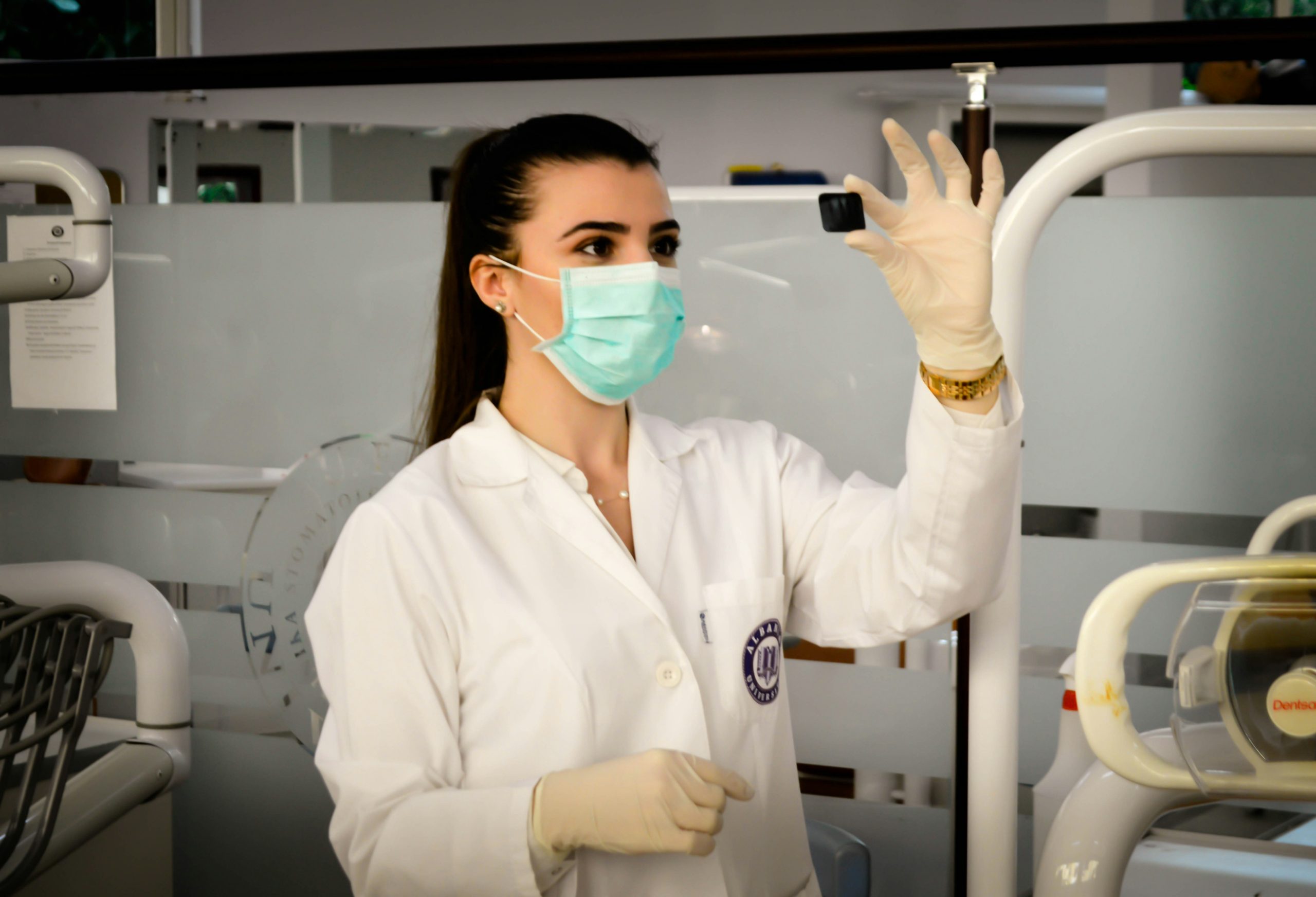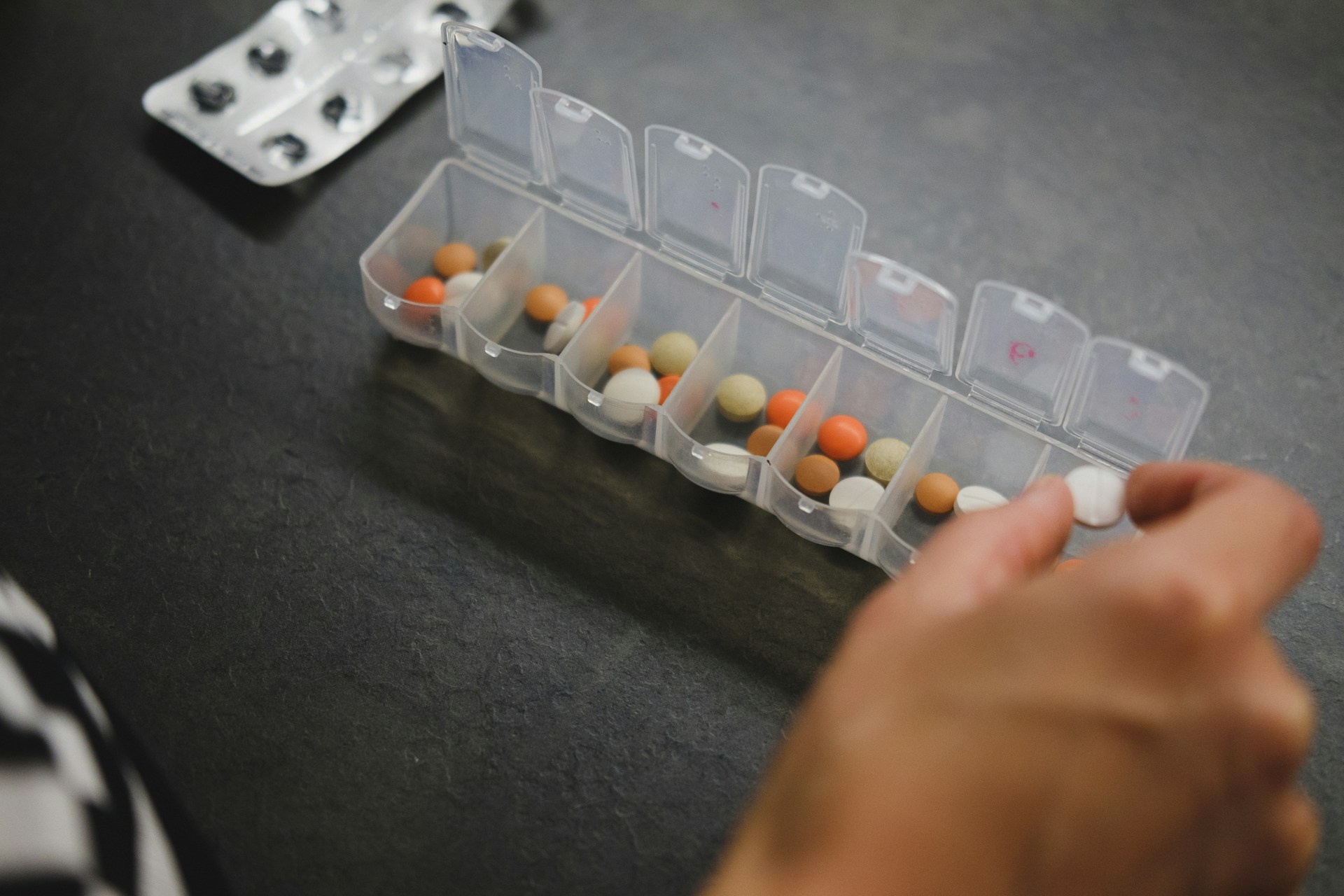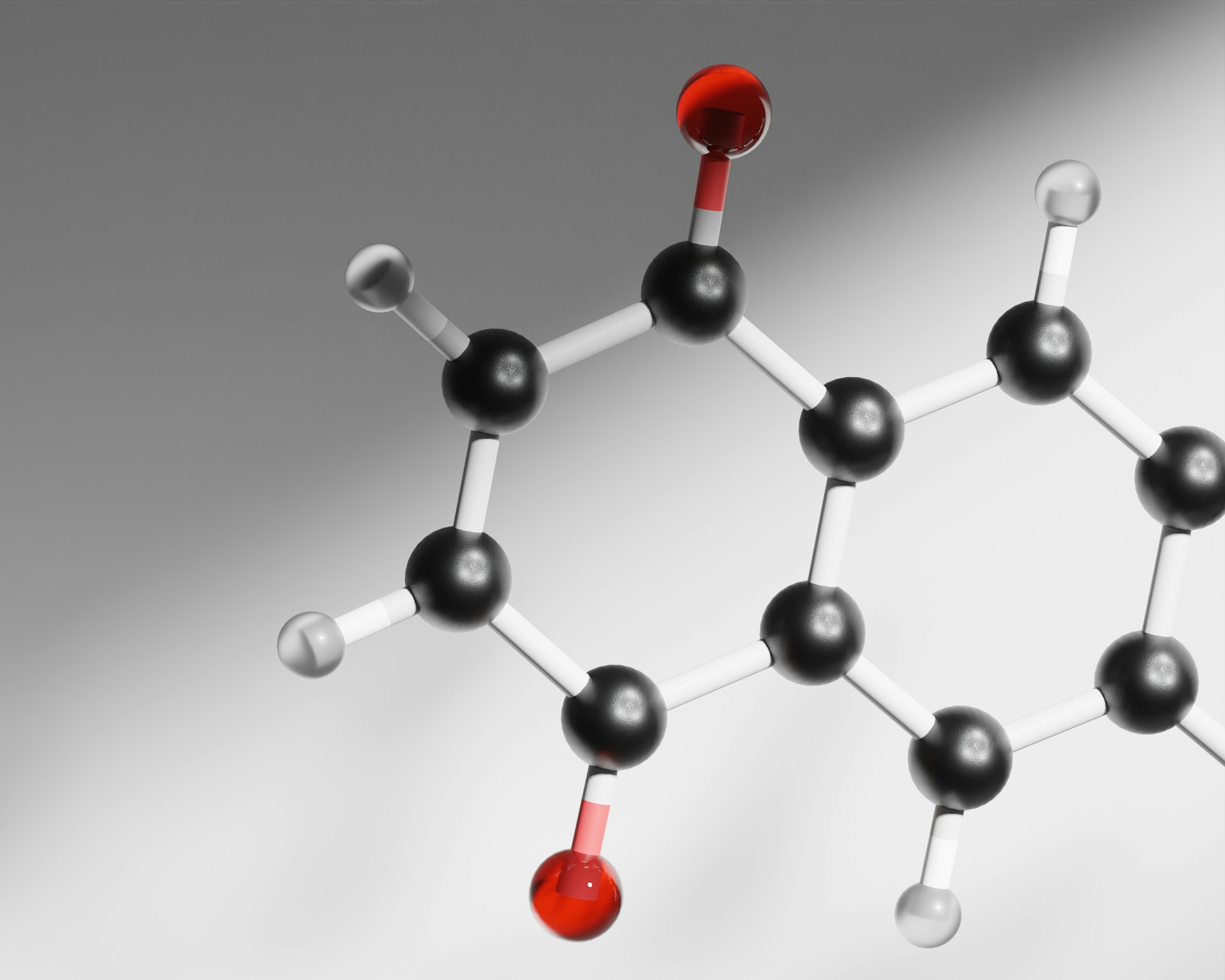The dye in one of your favourite snacks may have the power to make you transparent! Photo credit: Ani Kolleshi via Unsplash
Doritos are a staple snack for many students, and it would be nobody’s guess that the food dye used to give the triangle-shaped tortilla chips their signature colour had any use beyond that. Yet, scientists have found a hidden property for this compound: it can make tissues—like skin—transparent.
The experiments that led to this discovery were pursued by researchers from Stanford University in a quest to find better methods to see tissue and organs within the body. The study was published last month in Science. The researchers found that tartrazine, the compound that gives Doritos its unique colour, is excellent at absorbing light. This bright yellow-orange food colouring, commonly known as “Yellow No. 5,” is widely used in food, drink, drugs, and cosmetics. By rubbing concentrated tartrazine onto the scalps of live mice, researchers found that they could observe the structures of the skull under a microscope. Within minutes, scientists got under the mice’s skin, so to speak, and saw the underlying blood vessels, connective tissues, and muscles in real time. In a separate experiment, they applied the tartrazine solution to the mice’s abdomens. Again, within minutes, they could clearly identify organs such as the liver, small intestine, and bladder. They could even see subtle motions in the abdomen caused by the heart beating.
The researchers found that tartrazine, the compound that gives Doritos its unique colour, is excellent at absorbing light.

A still image of the video from the publication demonstrating translucency in a mouse abdomen and the underlying organs. The red hue on the right panel is from the dye. “Achieving Optical Transparency in Live Animals with Absorbing Molecules,” by Zihao Ou et al., in Science, Vol. 385. Published online September 5, 2024
Once researchers washed off the dye, the transparency was reversed. Any excess tartrazine absorbed into the body was reported to be excreted through urine within 48 hours. This technique did not appear to have long-term adverse effects on the animals’ health. The discovery is particularly exciting because tartrazine is cheap and efficient; only a little dye is needed to elicit the translucent effect.
Before you start rubbing yourself with Doritos, it is important to stress that tartrazine won’t necessarily make you invisible à la Harry Potter’s invisibility cloak.
Before you start rubbing yourself with Doritos, it is important to stress that tartrazine won’t necessarily make you invisible à la Harry Potter’s invisibility cloak. The technique has not yet been tested on humans. Moreover, human skin is several times thicker than that of mice, and the concentration of tartrazine needed to make you see-through would be higher than that normally found on crisps. The study’s authors commented that they are unsure how much of the dye should be administered for this to work in humans. However, this was a proof-of-concept study, and the authors plan to investigate other substances that could perform similarly or better in humans. This revolutionary technique offers new means to visualise body tissues and organs safely, temporarily, and non-invasively.
This revolutionary technique offers new means to visualise body tissues and organs safely, temporarily, and non-invasively.
The mechanism behind the tartrazine’s effects is rooted in physics. Body tissues comprise many things, including fats, proteins, and lipids. Each substance has a different ability to bend or reflect light that hits it. This is termed the material’s “refractive index.” If light hits a boundary between two different materials with different refractive indices, those particles scatter, changing directions. Whilst light can pass freely through transparent materials (like water) without being bent, more opaque materials cause light particles to bounce in many directions. These bouncing light particles enter your eyes as you look at the material, and your brain processes them as light coming from an opaque object. The more light gets refracted, the less transparent the object becomes. In essence, this is why you cannot see through most things; they are opaque.
…the dye allowed more light particles to pass through the skin, balancing out the refractive indices of its various layers and making the tissue see-through.
The skin is similarly comprised of different cells and tissues that bend the light, rendering it opaque. Researchers sought a substance to facilitate more light absorption to increase the skin’s transparency. They found that tartrazine was a great candidate. When they soaked a slice of raw chicken in a tartrazine solution, the chicken turned clear (“Movie 5” from the article shows a video of this phenomenon). This gave the scientists the confidence to move onto living tissues — trying it on mice came next. Indeed, concentrating tartrazine and applying it to living tissues temporarily made the mice’s skin translucent. This finding cemented that the dye allowed more light particles to pass through the skin, balancing out the refractive indices of its various layers and making the tissue see-through.
While further research is needed to translate this discovery to humans, the potential clinical applications are significant. If human skin can be made transparent, it could revolutionise medical practice. It could enhance pre-surgery decision-making, facilitate more efficient catheter guidance into different blood vessels, and enable more thorough skin cancer removal. Despite the suggested link between Yellow No. 5 and health problems (including allergies, hyperactivity, and cancer), this novel medical application could change how we practice medicine.





